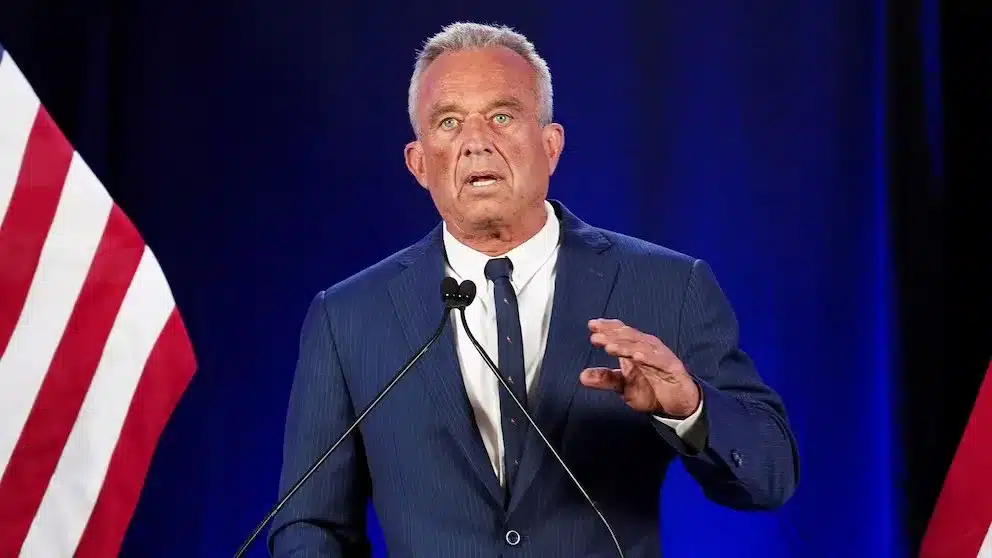On April 1, 2025, the Department of Health and Human Services (HHS) implemented sweeping layoffs that gutted key federal public health agencies.
Spearheaded under the leadership of the Trump administration and newly appointed HHS advisor Robert F. Kennedy Jr., the move terminated thousands of employees and halted core functions at the FDA, NIH, and CDC.
These weren’t marginal trims. Entire departments responsible for drug safety inspections, infectious disease surveillance, and biomedical research were dismantled in a matter of days. The FDA’s field inspections were paused indefinitely. The CDC’s syndromic surveillance systems, essential for early detection of outbreaks, were taken offline. NIH labs, including those tied to cancer and virology research, ceased operations mid-study.
Public health leaders are describing it as a seismic rupture in the country’s already fragile health infrastructure. And for good reason.
It’s not just about job cuts or bureaucratic downsizing. This is a structural rollback of the institutions designed to keep the public safe from infectious threats, food and drug hazards, and emerging health crises. These layoffs, combined with the rescinding of $11 billion in public health funding, effectively represent the single largest deconstruction of health protections in modern U.S. history.
Twenty-three states have filed a joint lawsuit, alleging that the cuts violate constitutional protections and expose their residents to preventable harm. States like California, New York, and Illinois argue that they now lack the federal support necessary to conduct vital pandemic preparedness operations or respond to ongoing outbreaks of measles, respiratory illnesses, and antibiotic-resistant infections.
This raises difficult, systemic questions: What happens when public health is no longer seen as a bipartisan priority but a political football? What precedent does this set for future administrations that view government oversight not as a safeguard, but as a liability?

The appointment of RFK Jr., a known vaccine skeptic, to a position of influence within HHS further complicates the picture, especially with the layoffs. His presence signals an ideological shift away from evidence-based science toward a more populist distrust of institutional health authorities. That matters, not just symbolically, but operationally. In an age of rising misinformation, strong public health institutions are a critical line of defense. Undermining them doesn’t just cost jobs, it costs lives.
What we’re witnessing isn’t just a shift in policy. It’s a shift in philosophy. A deliberate scaling back of America’s health infrastructure at a time when the world remains vulnerable to both known and novel disease threats.
Leadership isn’t about crisis response, it’s about foresight. And if this moment teaches us anything, it’s that dismantling systems is easy. Rebuilding trust, capacity, and infrastructure when the next crisis hits? That’s the hard part.
This is a difficult moment for all of us at HHS. Our hearts go out to those who have lost their jobs. But the reality is clear: what we’ve been doing isn’t working. Despite spending $1.9 trillion in annual costs, Americans are getting sicker every year. In the past four years…
— Secretary Kennedy (@SecKennedy) April 1, 2025
The American public health system has always been a quiet hero, largely invisible when things go right, and an easy scapegoat when they don’t. But cutting the legs from under it during a period of global volatility may prove to be one of the most short-sighted moves of this political era.
- HHS Layoffs Leave Workers Reeling – And the Nation at Risk - April 2, 2025
- Millions Risk Losing $832 IRS Refund – Time’s Almost Up - April 2, 2025
- IRS Tax Refunds April 2025 Schedule: Who’s Getting Paid & When - April 2, 2025

